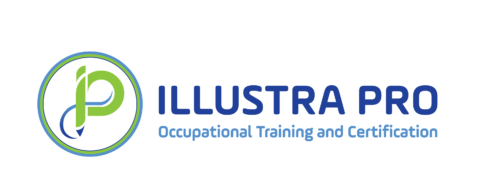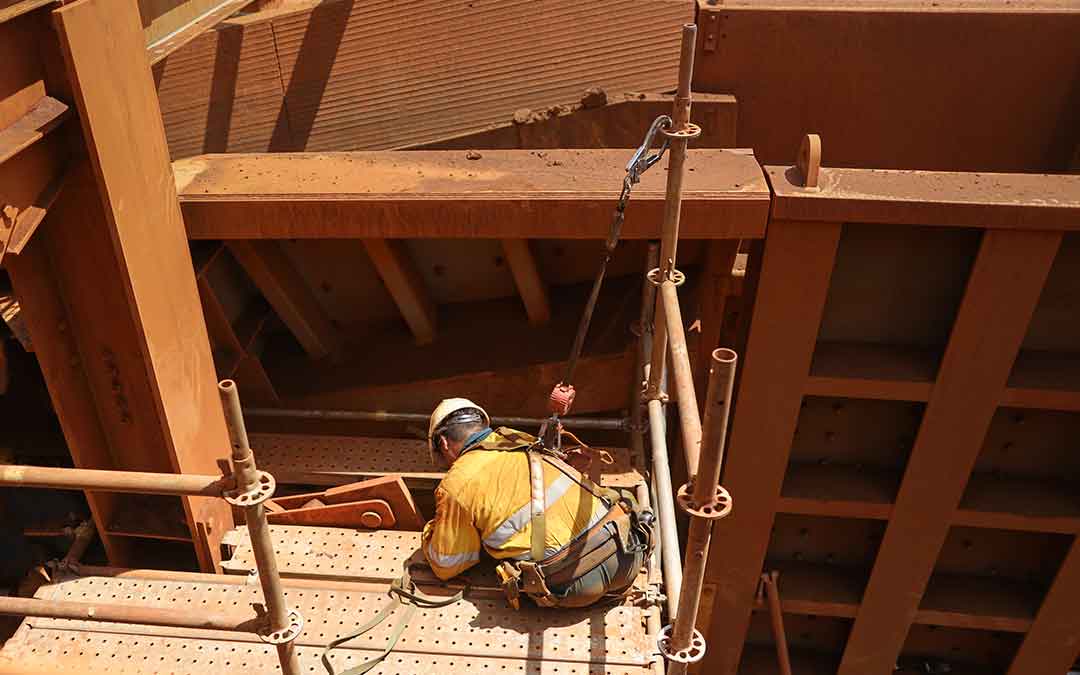OSHA fall protection is not just a safety measure, but a provision that is required to protect workers especially in trades where they spend most of their time on areas such as elevated working platforms, overhead beams or trenches.
Did you know that falls are among the top causes of fatal accidents in the workplace? Having a proper understanding of OSHA fall protection for implementing safety measures can help protect workers and prevent fall incidents.
Why is Fall Protection Important?
As one of the leading causes of accidents and fatalities on the job, fall protection, according to OSHA, is crucial in any workplace. Employers are responsible for ensuring that the workplace is safe and free of hazards that could lead to falls, especially from elevated surfaces. Implementing preventative measures not only demonstrates a company’s commitment to employee safety but also reduces the likelihood of costly accidents and potential legal issues.
Types of Fall Protection Equipment
Effective OSHA fall protection requires the use of appropriate safety equipment tailored to specific hazards and work environments. Here’s an overview of some common types of fall protection equipment:
- Harnesses – A harness is worn by workers likely to fall and it is designed to spread forces bearing on the human body to minimize cases of getting injured. These harnesses consist of belts and hardware including loops and other appendages used for connection to the lifelines or other kinds of fall protection mechanisms.
- Lifelines – Lifelines are horizontal or vertical ropes or wires through which a worker is restrained depending on the kind of work being undertaken. They play a vital role in avoiding the possibility of a worker falling to the ground or surfaces lower than that.
- Guardrails – Guardrails serve as physical barriers, preventing falls by creating a protective perimeter around elevated platforms, walkways, or hazardous areas. To ensure their effectiveness, guardrails must meet specific OSHA requirements for fall protection.
- Safety Nets – Safety nets encase the workers who slip and guarantee that such workers do not stumble on the lower surfaces. These nets are commonly employed in construction and other sectors where functions are performed at elevated levels.
Hazardous Areas in the Workplace
Identifying and addressing common fall hazards is crucial for implementing effective OSHA fall protection guidelines. Some of the most hazardous areas in a workplace include:
- Unprotected Edges – Roof edges, open floor areas & mezzanine edges are some of the most dangerous fall risks within a working environment. These risks can be prevented by the use of guardrails, safety nets, or personal fall arrest systems (PFAS).
- Unstable Surfaces – Scaffolds, ladders and platforms themselves can be unstable to support and thus increase the possibility of falls. It is crucial that these surfaces are safe, well-maintained, and have adequate provisions put in place to address falls.
- Floor Openings – Openings in floors, such as those for stairwells or service shafts, must be guarded or covered to prevent falls.
- Ladders – Neglecting ladder safety can lead to falls, highlighting the importance of proper handling. Workers should be thoroughly trained on the correct use of ladders and the necessary precautions to take when working at heights.
What’s the Best Fall Protection System?
Selecting the appropriate OSHA fall protection standard requires careful consideration of multiple factors. When implementing OSHA fall protection mechanisms, organizations should:
- Evaluate the Work Environment – List potential fall hazards and assess the environment to choose the most appropriate protection system. Things like height, accessibility, and the nature of the work to be done should be taken into consideration.
- Understand OSHA Requirements – Make sure that the selected fall protection system meets the provisions of the OSHA regulation on fall protection and other standards relevant to your business.
- Consider Worker Comfort and Mobility – The protection that the system should afford must be sufficient enough without compromising both the worker’s safety and their ability to do their job.
- Training and User-Friendliness – The employer should ensure that employees are trained appropriately to understand how to inspect, put on, and use protective gear. The system should be as easy to navigate as it can help ensure compliance and safety.
Fall Protection Tips and Best Practices
Following these tips and best practices enhances workplace safety and significantly lowers the risk of falls. Prioritizing these measures is crucial for protecting employees. Some of the best practices pertaining to the safety measures include:
1. Perform Regular Hazard Assessments
Employers should always look for possible risk factors that lead to falling in their working environment. This entails checking work environments, tools or techniques, and other working conditions for possibilities of dangers and eradicating them as they occur. Hazard assessments should ideally be recorded like a report and can be revisited from time to time to ensure all the possible fall hazards are being addressed properly.
2. Provide Adequate Training
Training is critical in making certain that the employees know how to properly utilize the fall protection gear and or how to identify certain dangers. Comprehensive training programs should include exposure to the proper use of harnesses, lifelines, guards, rails, and nets, safe practices, and emergency standards.
3. Inspect Equipment Regularly
Fall protection equipment must be regularly inspected to ensure its functionality and effectiveness. Inspections should be conducted by trained personnel who can identify signs of wear, damage, or other issues that could compromise the safety of the equipment.
4. Encourage Open Communication
Encourage employees to speak up and report identified risks of falls and any problems with the equipment that may lead to falls. Promote employees to report when they find themselves or other employees exposed to any improper working environment indicating a lack of safety measures or inadequate measures for protection against fall risks.
5. Encourage Proper Tool and Equipment Use
To reduce the probability of a drop or an accident, it is crucial to give them OSHA fall protection training concerning the correct use of tools or any equipment. Employees should be taught the proper way to use tools when the tools need to be checked, and when one is not fit for use.
Conclusion
To reduce the occurrence of accidents and injuries at the workplace, it is imperative to recognize the hazard of falls and follow the necessary precautionary measures. To prevent falls at your facility and build a compliant culture, implement OSHA fall protection, select appropriate equipment, and promote the use of safety procedures.
Learn more about fall protection specific to the Maritime Industry in our next blog: OSHA Maritime Fall Protection.

